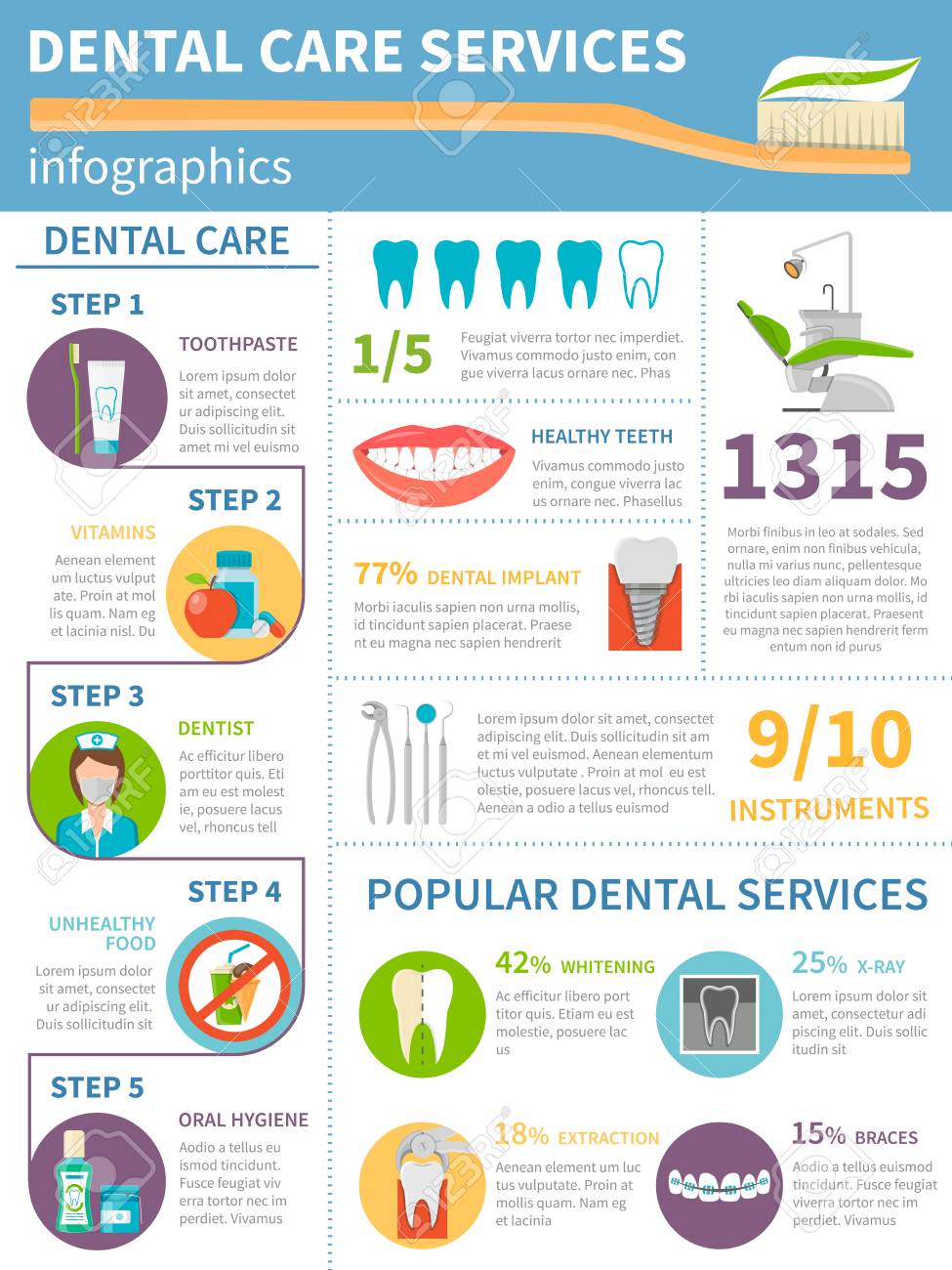The Following Era Of Oral Surgery: Innovation Innovations And Developments Improving The Specialty
The Following Era Of Oral Surgery: Innovation Innovations And Developments Improving The Specialty
Blog Article
https://sergiosvegi.ja-blog.com/33081440/can-any-person-use-invisalign-what-to-know Composed By-Foldager Terrell
Invite to the world of dental surgery, where technologies and developments are shaping the future of the area! In this interesting realm, you'll witness the transformative power of robotics, the innovative wonder of 3D printing, and the game-changing effect of minimally invasive techniques.
The future of dental surgery holds a pledge of accuracy, effectiveness, and boosted person results. With the help of innovative robotics, surgeons have the ability to execute complicated treatments with higher precision and control.
3D printing technology is changing the development of oral implants and prosthetics, supplying tailored remedies that fit perfectly into each patient's unique anatomy.
Furthermore, minimally intrusive techniques are lowering post-operative pain and recuperation time, allowing individuals to go back to their day-to-days live quicker.
Prepare to discover the interesting developments and breakthroughs that are reshaping the landscape of dental surgery!
Advancements in Robotics
One major advancement in dental surgery is using robot innovation, which allows for accurate and reliable procedures. With the help of robotic systems, dental specialists have the capacity to carry out complex surgical procedures with boosted precision, decreasing the risk of human mistake.
These robotic systems are outfitted with innovative imaging modern technology and accurate instruments that make it possible for surgeons to navigate through detailed physiological structures with ease. By making use of robotic modern technology, cosmetic surgeons can achieve better medical precision, causing improved individual end results and faster recuperation times.
In dental veneers austin , using robotics in dental surgery allows for minimally invasive procedures, lowering the trauma to bordering tissues and advertising faster recovery.
3D Printing in Oral Surgery
To boost the field of oral surgery, you can explore the subtopic of 3D printing in dental surgery. This ingenious innovation has the prospective to change the method oral surgeons operate and treat people. Right here are 4 vital methods which 3D printing is shaping the field:
- ** Personalized Surgical Guides **: 3D printing allows for the development of very precise and patient-specific surgical guides, boosting the precision and effectiveness of treatments.
- ** https://www.timescolonist.com/life/health/your-good-health-woman-67-told-to-stop-prolia-before-dentist-extracts-tooth-4677860 **: With 3D printing, dental cosmetic surgeons can develop tailored dental implant prosthetics that perfectly fit a person's distinct composition, leading to better end results and client satisfaction.
- ** Bone Grafting **: 3D printing allows the manufacturing of patient-specific bone grafts, lowering the need for conventional grafting techniques and boosting healing and recovery time.
- ** https://howmuchdoveneerscost87651.blogrelation.com/39195609/prepare-for-your-dental-implant-consultation-with-our-vital-list-discover-what-to-get-ready-for-a-successful-conversation-with-your-dental-practitioner and Training **: 3D printing can be made use of to produce practical medical versions for academic functions, allowing oral specialists to practice complicated procedures before executing them on people.
With its potential to enhance accuracy, customization, and training, 3D printing is an exciting development in the field of dental surgery.
Minimally Invasive Strategies
To further progress the area of dental surgery, accept the capacity of minimally invasive strategies that can substantially profit both specialists and people alike.
Minimally invasive techniques are reinventing the field by lowering medical trauma, lessening post-operative discomfort, and speeding up the healing procedure. These techniques involve using smaller sized lacerations and specialized instruments to execute treatments with accuracy and efficiency.
By using innovative imaging innovation, such as cone beam of light computed tomography (CBCT), specialists can accurately intend and execute surgeries with minimal invasiveness.
In addition, using lasers in dental surgery permits specific tissue cutting and coagulation, causing lessened bleeding and reduced healing time.
With minimally intrusive techniques, individuals can experience much faster recovery, lowered scarring, and improved outcomes, making it a necessary aspect of the future of dental surgery.
Conclusion
So, as you can see, the future of dental surgery is exceptionally appealing, with interesting developments and advancements shaping the field.
From the developments in robotics to the use of 3D printing and minimally invasive methods, dental doctors are revolutionizing the way they offer treatment.
While some may stress over the potential price related to these innovations, it's important to keep in mind that these technologies ultimately enhance patient outcomes and lower recuperation time, making them well worth the investment over time.
